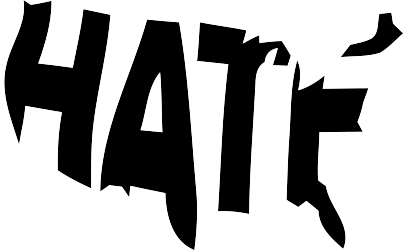Making Space For Black and Brown Conspiracy Theories
By Dylan Turmeque
Communities of color have a torrid and documented history with the medical industry, and COVID-19 is no exception. One New York City educator stops to examine his student’s very real concerns.
Any New York City Public school teacher will tell you, remote teaching in the global epicenter of a pandemic is a wild ride. I would know, I am a Special Education and English Teacher at a Transfer school, a school that specializes in educating the most “at-risk” of not graduating in the city, in Red Hook, Brooklyn. My students are incredible, they range from 16-21 years old, and wear so many hats in their lives, they are young parents, head of households, artists, and scholars. With our unique population, you strive to teach college level content, while building their skills to match their intellectual abilities, you try your best to provide some semblance of stability, and you push yourself to be a resource of reliable knowledge and information for students in a world of misinformation, “fake news”, and corporate lies.
In the midst of all this, the deputy chancellor, the executive superintendent, the superintendent, and their teams were invited to my virtual Advanced Placement Language classroom to observe a class discussion. Inevitably, the COVID-19 pandemic became the main topic of discussion. The discussion was going well, until one of my students stated,
“I’m not really sure what to think about all of this, honestly, this seems like the government is doing this for population control.”
As I look at my computer screen in horror, thinking that one of my students just rambled off a baseless conspiracy theory in front of some of the most influential administrators in public education in New York City, I realize that she isn’t wrong.
To read more, please visit our Patreon, which supports our writers monthly.
Dylan Turmeque is an NYC public school teacher, educational activist, artist, and DJ. They enjoy all things related to liberation, music, dance, and drag.
